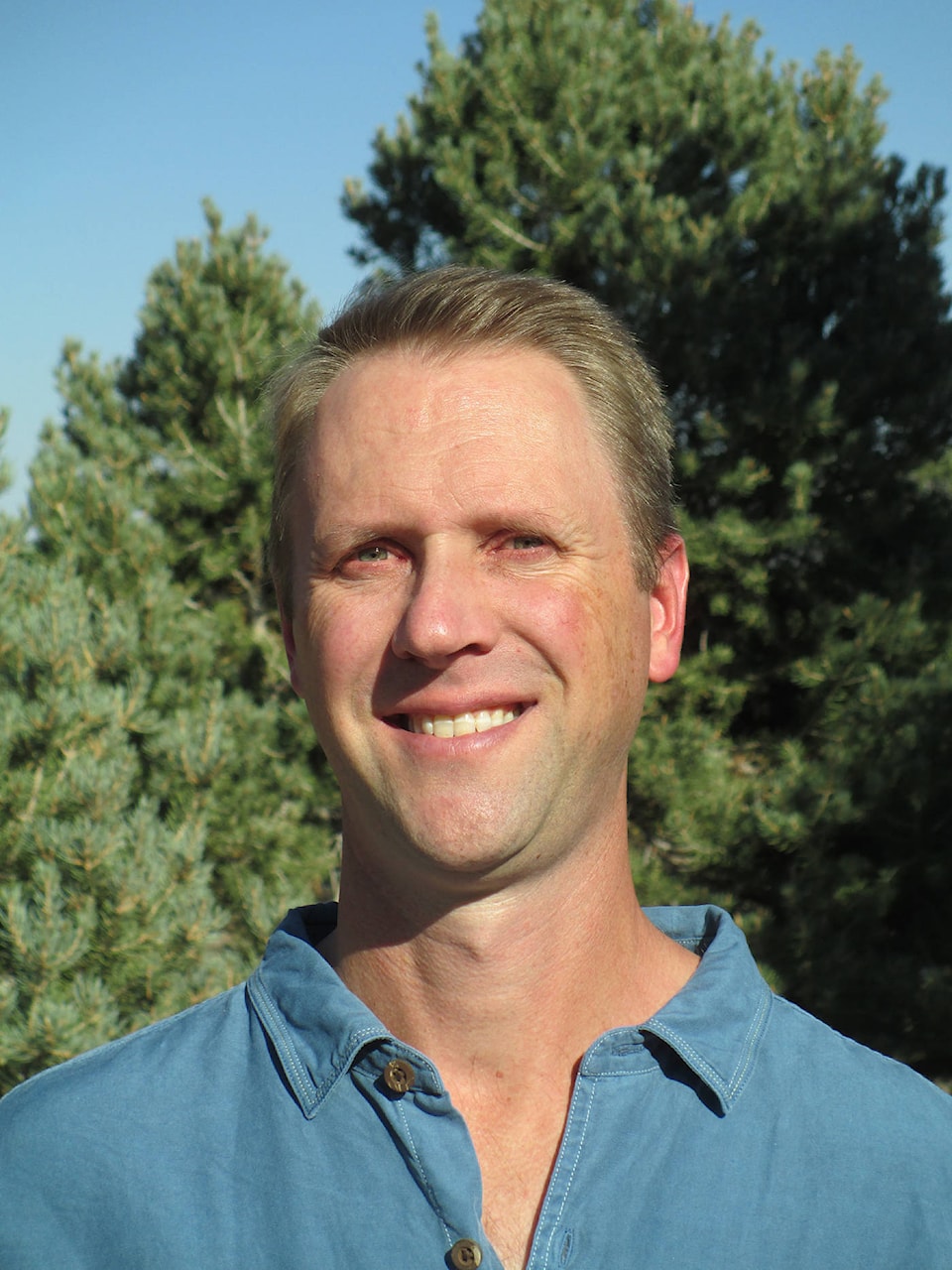Tim Collins
News staff
Fire fighters from the Saanich Peninsula recently joined other nearly 4,000 fire fighters from across B.C. and around the world, to combat wildfires in B.C.’s interior in what is quickly becoming the worst wildfire season on record.
Scores of communities were evacuated and thousands of people in other communities are on evacuation alert as a state of emergency persists.The B.C. Wildfire Service reports that more than 150 wildfires continue to burn and lists nearly 30 “fires of note” in the province. Since April 1, there have been 966 fires that have burned 646,645 hectares and the battle against those flames has involved 236 aircraft, a veritable army of heavy equipment.
To date, these efforts are estimated at $271 million.
But as smoke from the fires casts a pall across the skies of British Columbia and the human and material costs of fire fighting efforts mount, there are some within the scientific community who maintain the current approach to wildfires is fundamentally flawed.
“We are spending millions of dollars and unnecessarily putting fire fighters’ lives at risk by pursuing a strategy that really doesn’t make sense from a scientific point of view. When a fire occurs in the back country, it should be left to burn,” said Chad Hanson, founder of the John Muir project, an advocacy group dedicated to the restoration of forest ecology in North America.
Hanson, who has his Ph.D. in ecology from the University of California, maintains that letting back-woods fires burn is a far better strategy than dedicating resources to those remote, weather driven fires.
“The problem begins with this notion that fires destroy forests. In fact the opposite is true. Fires have been happening for millions of years and actually help to rejuvenate forests and the wildlife that occupies those forests. I know it’s counter-intuitive, but the research is clear.”
He said the money and resources dedicated to fighting back country fires, which he said are impossible to extinguish, would be better applied to combating fires and safeguarding areas around human habitation.
“Every dollar we spend fighting remote fires is a dollar we don’t spend on coordinated evacuation and housing efforts for evacuees. It’s a dollar that could have been spent on creating safe zones around homes and industries before the fire season by removing shrubs and small trees,” said Hanson.
“We should spend money on fire-proof roofs and siding and covered rain gutters to prevent the accumulation of dry pine needles that act as tinder with a single spark from a fire Those efforts are what is truly important.”
Hanson’s group is intent on getting the message out across North America where he said the knee-jerk reaction to forest fires is to automatically try to put the fires out.
“We have the science to show that some fires are best left to burn, but it does no good at all for scientists to be the only ones with that information. As I said, it’s counter-intuitive but we need to get the information to the politicians and people making the decisions on how to deal with forest fires. We keep making the same mistakes and it’s time to change our approach,” said Hanson.



